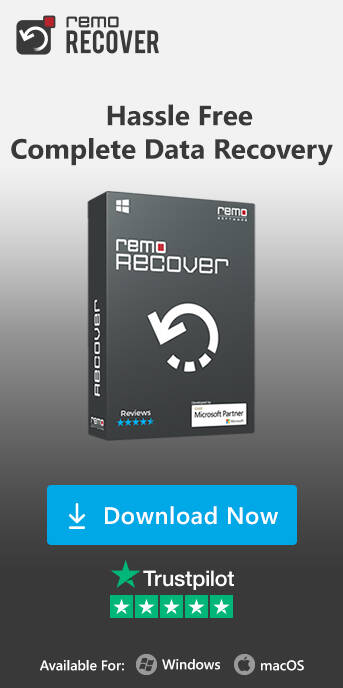PDF stands for Portable Document format. Adobe developed a file format for saving multimedia documents for the electronic exchange of documents not intended for further editing. It captures the document text, fonts, images, hyperlinks, graphs, and other printed document elements as an electronic image, which you can navigate, view, and even forward to someone else. It provides a page-by-page view of the document, the same as it appears in its printed form. PDF ensures that your printed or viewed file retains your intended formatting.
File Extension: .pdf Mime types: application/pdf, application/x-pdf, application/x-bzpdf, application/x-gzpdf
PDF files are created using Adobe Acrobat, Acrobat Capture, or similar products. To view and use the files, you need the free Acrobat Reader, which can be easily downloaded. After downloading the Reader, the software will work automatically whenever you want to open a PDF file.
PDF files are useful for product brochures, magazine articles, business documents, legal documents, tax forms, invoices, ebooks, articles, assignments, or flyers where you want to preserve the original graphic appearance, even on the internet. You can e-mail a PDF document to others, and it will look the same on their screen as yours, even if they have a Mac and you have a PC.
Situations when PDF files are desirable:
- Graphic design development in which team members are working from different locations but need to explore design ideas online
- Help desk people who need to see the printed book that users are looking at
- The online distribution of any printed document where you will have to preserve its printed appearance
PDF files are more than just image documents; they can even embed type fonts so that they will be available at any location for reading. It can also include interactive elements like buttons for form entering and sound triggering for QuickTime or AVI movies.
Advantages of PDF Files:
1: Portability: PDF files can be easily shared and viewed on any device, regardless of the operating system or software application.
2: Consistency: PDF files are displayed the same way on all devices, so you can be sure your document will look exactly as you intended.
3: Security: PDF files can be password-protected and encrypted to prevent unauthorized access.
4: Versatility: PDF files can contain various content, including text, images, fonts, tables, graphs, hyperlinks, etc.
5: Open standard: These PDF files in existence today are ensured by the ISO 32000 open standard. It is also the foundation for other special-purpose PDF standards, which include PDF/A for archiving, PDF/E for engineering, PDF/X or PDF/VT for printing, PDF for healthcare, and PDF/UA for accessibility.
6: Multiplatform support: You can view and interact with PDFs virtually on any platform, including Windows and Mac OS, and on some mobile platforms, including Android and iOS for iPhone and iPad.
7: Searchable: When finding a particular word or phrase in a PDF, you can easily search for a text, metadata, and other scanned text converted using optical character recognition (OCR) technology.
8: Rich File-integrity: PDFs preserve all the source file information, even when your drawings, videos, text, 3D maps, audio, photos, full-color graphics, and business logic are combined in a single file or a PDF portfolio.
Limitations of PDF Files:
- To create and read a PDF file, you need separate software
- PDF files cannot be updated easily; it is easier to recreate the entire document rather than update a specific document
What if your important PDF document gets lost from your system or any storage device? Go through this page to learn how to recover PDF documents.
